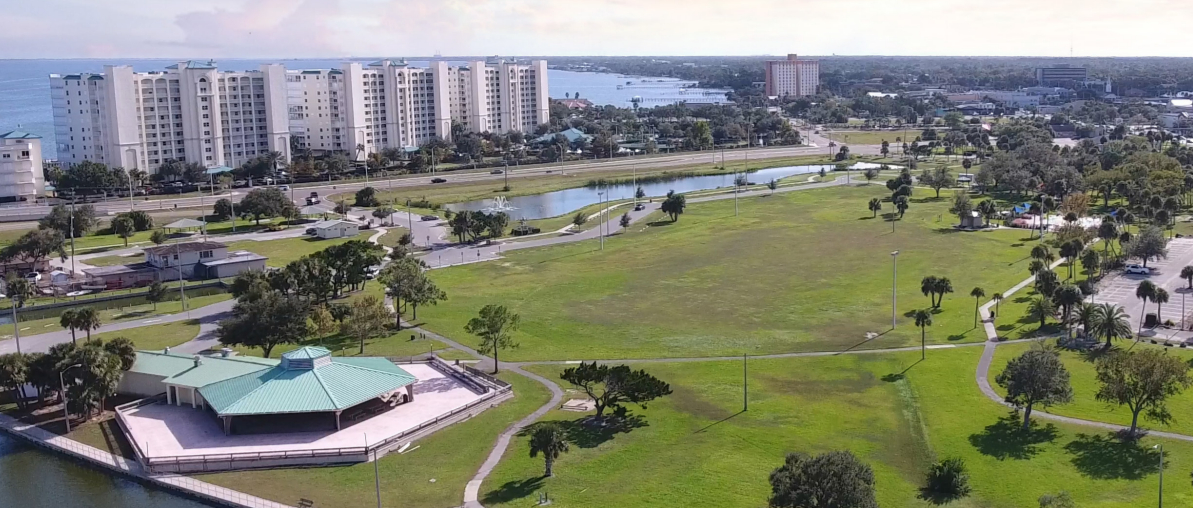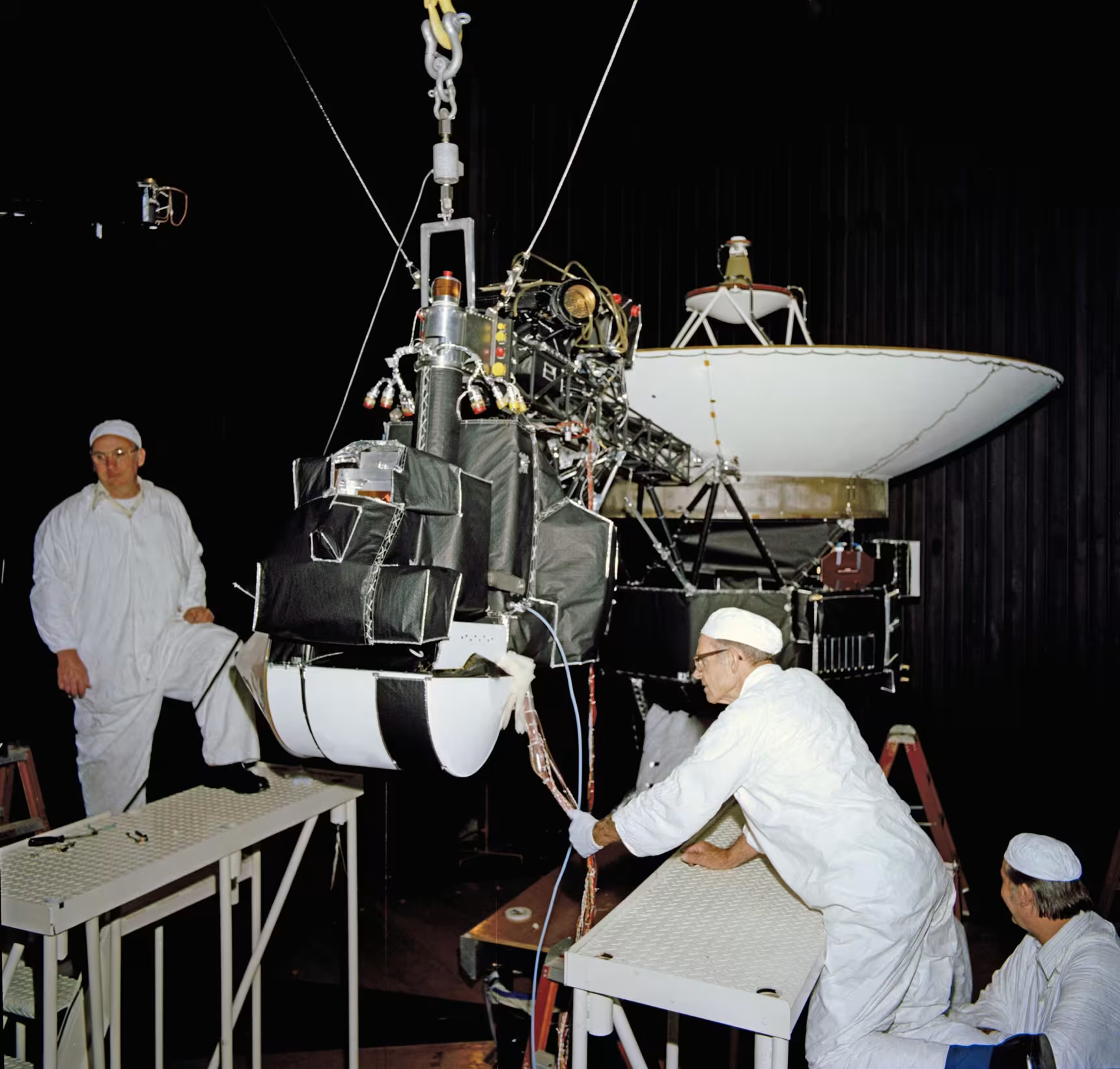Tourism is down, but nesting success may be up. Here’s what scientists are saying and how travelers can help.

IT’S AMONG NATURE’S greatest spectacles. Each year, thousands of sea turtle mothers clamber ashore on the Atlantic and Gulf coasts of Florida, meticulously dig into the sand to lay their eggs, and then return to the sea. After incubating for around two months, the eggs—a single female can lay more than a hundred of them—hatch and the tiny turtles strive to reach the water.
Approximately 90 percent of sea turtle nesting in the United States happens on Florida’s beaches, according to the Sea Turtle Conservancy, a Gainesville-based research and conservation organization. In the 2019 season, the state’s Fish and Wildlife Research Institute documented more than 53,000 loggerhead turtle nests during its annual survey of 27 beaches. In addition to loggerheads, Florida hosts green and leatherback turtle nesting.
Four other sea turtle species ply the world’s waters—Kemp’s ridley, olive ridley, hawksbill, and flatback—and the vast majority of all species are classified as threatened, endangered, or critically endangered.

During Florida’s nesting season, which runs from March through October, the sands are normally awash with humans. This year the coronavirus pandemic severely curtailed travel and required some state jurisdictions to close their beaches for weeks. While this was a bust for sun worshippers, it may have been a boon to sea turtles. But 2020 has also been unprecedented in terms of the number of hurricanes battering the southeastern U.S. As this nesting season comes to a close, researchers share some initial findings and tips for how travelers—even grounded ones—can help protect sea turtles.

Rare reprieve from humans
One important question scientists are asking this year is whether fewer disturbances have led to more successful nesting. During sea turtle nesting, there can be “false crawls,” in which a female encounters a distraction between the water and a prospective nesting site. Whether it’s a camera-toting tourist, a beach chair, noise, or light, the sea turtle’s plan is interrupted, sending the animal back to the ocean without laying eggs.
North America’s most valuable resource is at risk
“We actually did find a significant difference during the beach closures and then after in terms of a successful rate of nesting,” says Justin Perrault, director of research for the Loggerhead Marinelife Center, a Juno Beach-based nonprofit focused on education, research, and rehabilitation of sea turtles. The center has observed approximately 17,000 nests along Juno, Jupiter-Carlin, and Tequesta beaches this year. “During the closures, loggerheads successfully nested 61 percent of the time,” he says. “When the beaches reopened, that number dropped to 46 percent.”
On the southwestern Gulf coast, the Sanibel-Captiva Conservation Foundation’s Sea Turtle Program surveys 18 miles of beach between Sanibel Island and Redfish Pass. This year, staff documented record loggerhead nest counts, totaling 926. During the month of May, the false crawl rate was 23 percent lower than the same time last year. While the beaches they monitor weren’t closed, beach parking was prohibited from March 18 through June 1 and there were state-issued stay-at-home orders.

Other scientists contend that the pandemic’s effect has been more limited. The Mote Marine Laboratory and Aquarium’s Sea Turtle Conservation and Research Program, which monitors 35 miles of beach from Longboat Key through Venice, recorded 3,716 nests—the fourth-highest number in the 39-year history of the program. But because these beaches were off-limits for only a few weeks at the beginning of the nesting season, researchers are reluctant to make a connection with the closures.
At the Archie Carr National Wildlife Preserve in Brevard County, the UCF Marine Turtle Research Group has observed 12,968 loggerhead, 8,102 green, and 40 leatherback nests. The loggerhead counts were “within the range of what we’d expect,” says director Kate Mansfield. The leatherbacks “had a good year,” she says, and green turtles laid more than anticipated. “The turtles’ food intake and quality of food available at the foraging areas play a role in determining if they will nest or not … so the die was already cast in terms of what turtles would be nesting this season by the time the pandemic hit.”

A surge in storms
Beyond human interaction, the Atlantic hurricane season (June through November) can affect nesting scenarios. During this record-breaking year that has produced 25 named storms by mid-October, the flooding and higher-than-usual tides that come with hurricanes have left a mark.
“Even though Hurricane Teddy didn’t come close to Florida, there was significant wave action that caused quite a bit of erosion,” says Perrault. “Once the shores … are eroded, [the eggs] can roll around in the surf, or there can be tidal overwash, where water constantly goes over the nests and they can essentially drown.”

Among 2020’s storms, Perrault singles out Isaias, which skirted Florida’s Atlantic Coast in early August. Along with causing billions of dollars in damages in the U.S. and beyond, the hurricane destroyed roughly 2,000 nests just within his center’s observational area, he says.
Global temperatures are rising at a rate of 0.32 degrees Fahrenheit per decade since 1981, according to the National Oceanic and Atmospheric Association. This has caused the oceans to warm, which helps fuel and intensify hurricanes.
Climate change is also skewing the sex ratios of some sea turtles, with experts noting a tilt toward female-heavy populations. “The pivotal temperature for sea turtle incubation is about 84 degrees,” says David Godfrey, executive director of the Sea Turtle Conservancy. “This is the temperature that tends to produce 50 percent male and female. Cooler temperatures produce more males and hotter produces more females.”
Poaching on the rise elsewhere
The pandemic has caused adverse effects at other nesting sites around the world. In Costa Rica, where hundreds of thousands of nests appear annually along its beaches, the lack of tourism has had a big impact, says Jimena Gutiérrrez, a Sea Turtle Conservancy biologist living in Tortuguero National Park.
“Because of COVID, one of the biggest observations that we have is the increasing levels of poaching on the beach,” she says. “[Normally] the turtles are conserved because we have people that come to see them. Maybe in the long run, we will see good numbers because there is less boat traffic in the ocean, but right now reduced tourism is a downside for the turtles here.”
In the Dominican Republic, Parque Nacional Jaragua and Isla Saona attract hundreds of nests every year. Yolanda León, a biologist and research professor at Instituto Tecnológico de Santo Domingo, notes that spots like Isla Saona have doubled their nests in recent years thanks to beach patrollers who help deter poachers. But with fewer tourism dollars supporting local workers amid the pandemic, she worries for the conservationists as well as the turtles.

In the U.S., the Endangered Species Act prohibits the harming of sea turtles and their nests, and Florida’s Marine Turtle Protection Act limits sea turtle interactions to people associated with specific scientific, educational, and conservation organizations.
Several localities also take a proactive approach to protection. For example, in Broward County, which hosted 3,500 nests along its white sand shores last year, the Sea Turtle Conservation Program ropes off nesting sites and works with hotels and other coastal properties on initiatives such as installing turtle-friendly lighting.
Stephanie Kedzuf, a natural resources specialist for Broward County, advises travelers to refrain from taking photographs or using lights on night walks, which may disturb the nesting process.

Turtle-loving volunteers join beach cleanups, such as the monthly gatherings at Melbourne Beach and Cape Canaveral with the Sea Turtle Preservation Society, self-guided outings with the Loggerhead Marinelife Center, and the Trash Bash with the Navarre Beach Sea Turtle Conservation Center.
Beyond Florida, travelers can plan post-pandemic adventures to help scientists gather sea turtle data in Costa Rica and the Bahamas through the environmental nonprofit Earthwatch or rehabilitate sick turtles in Australia with Ocean 2 Earth Volunteers.
But anyone—whether on the beach or far from it—can make a difference by reducing reliance on single-use plastics, which make their way into waterways that feed oceans. “Using reusable water bottles, bags, cutlery, straws … can greatly reduce the amount of plastic in the ocean,” Kedzuf says, “which will benefit sea turtles and other marine life.”













Leave a Reply